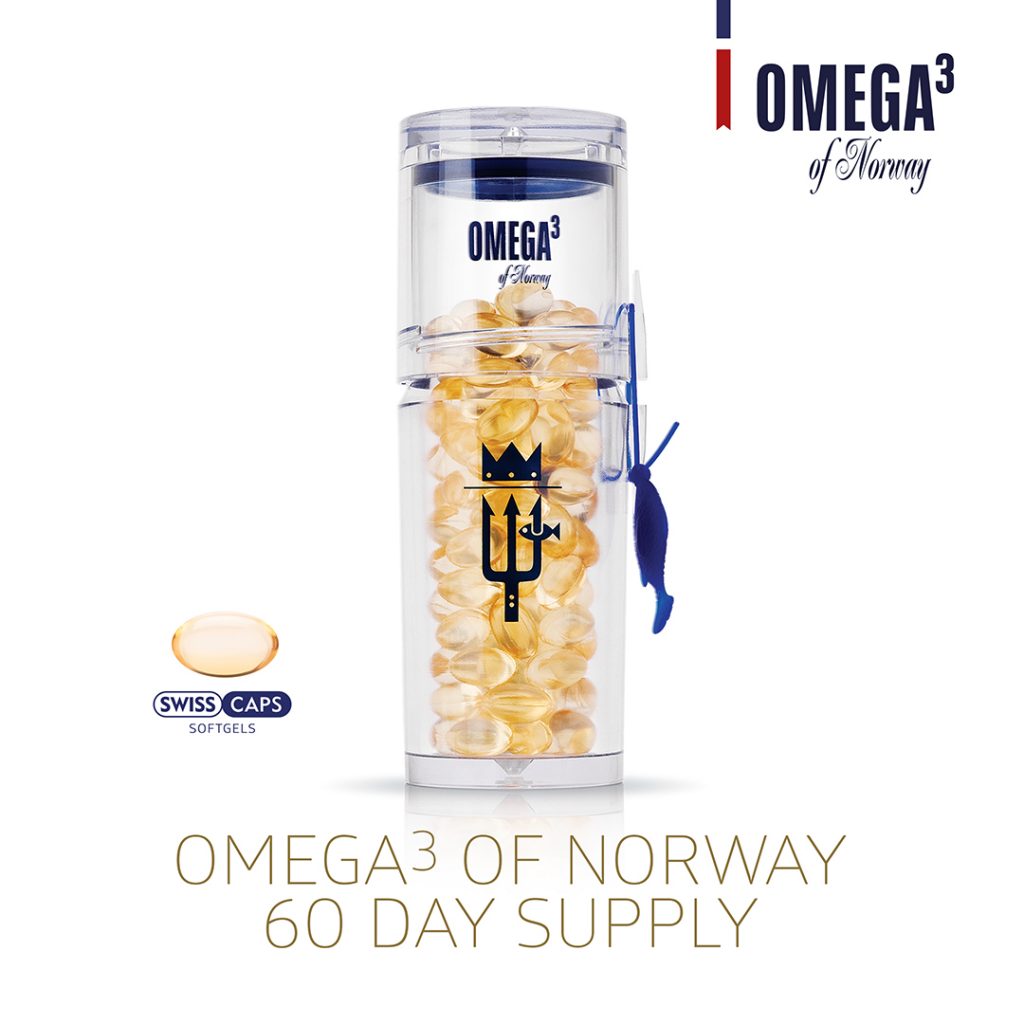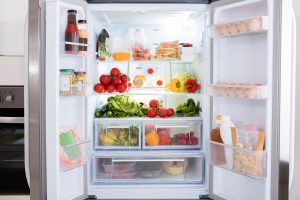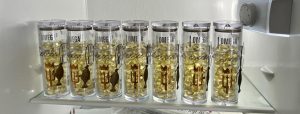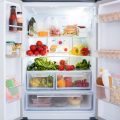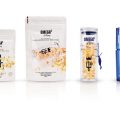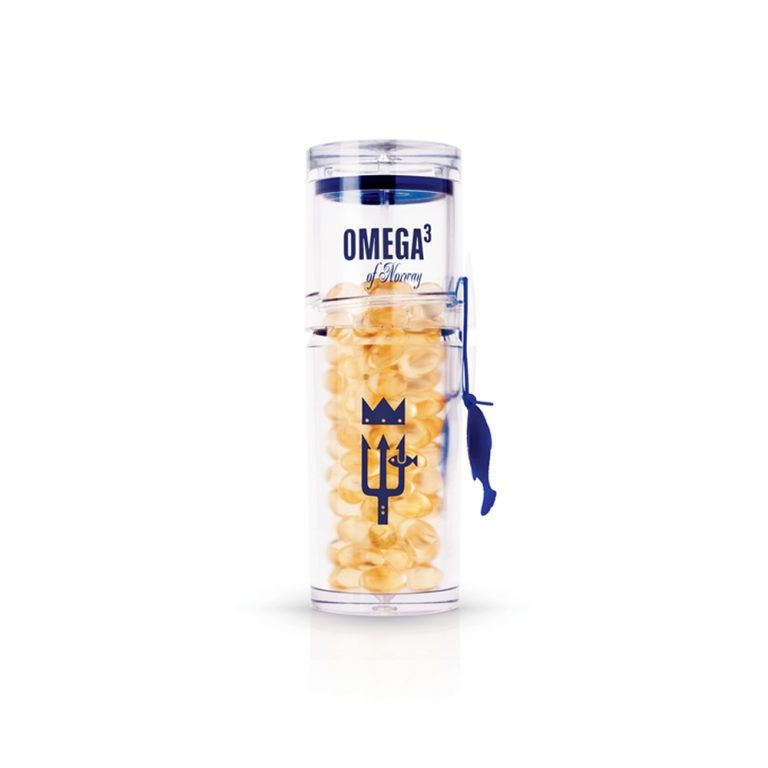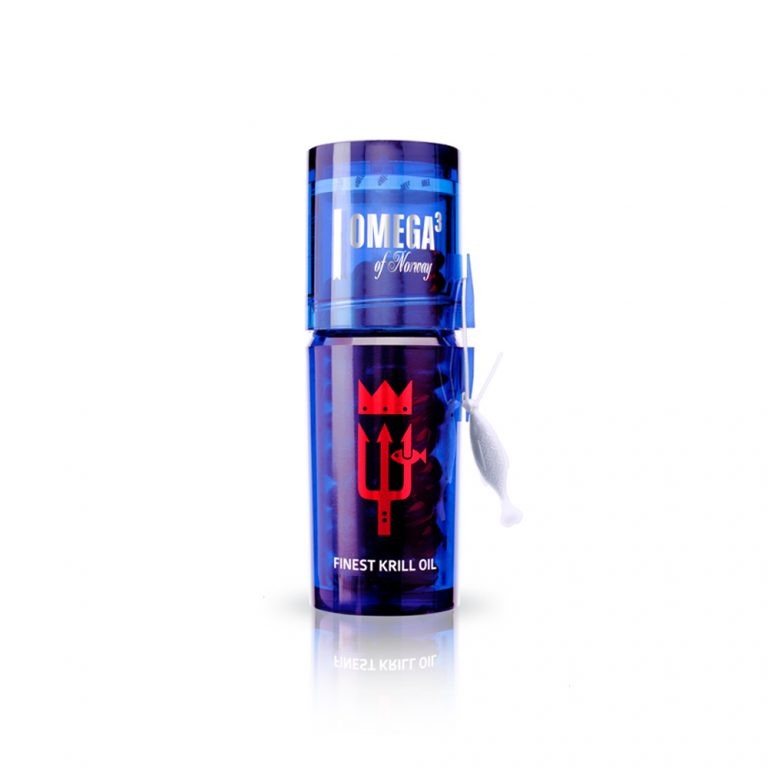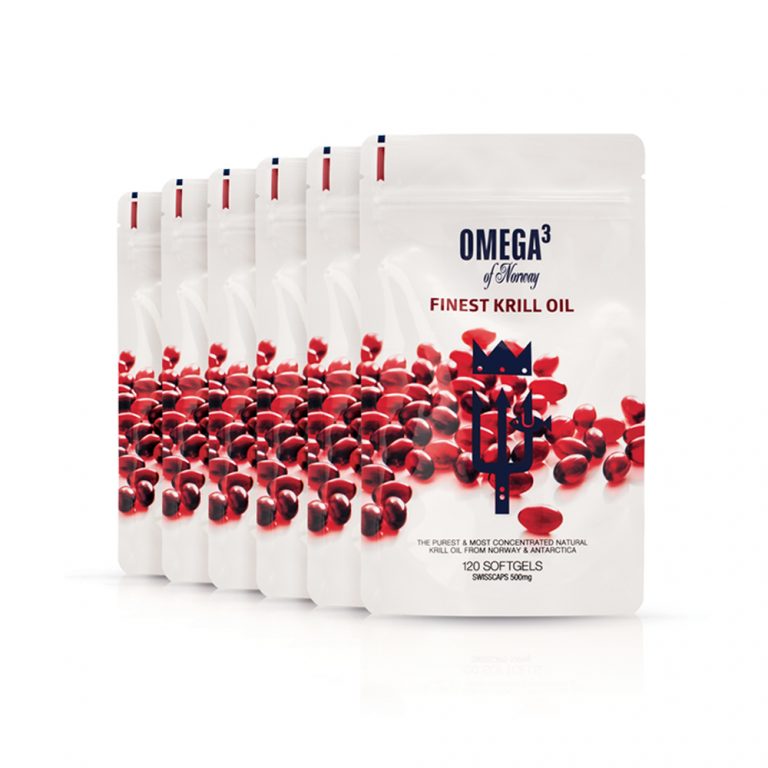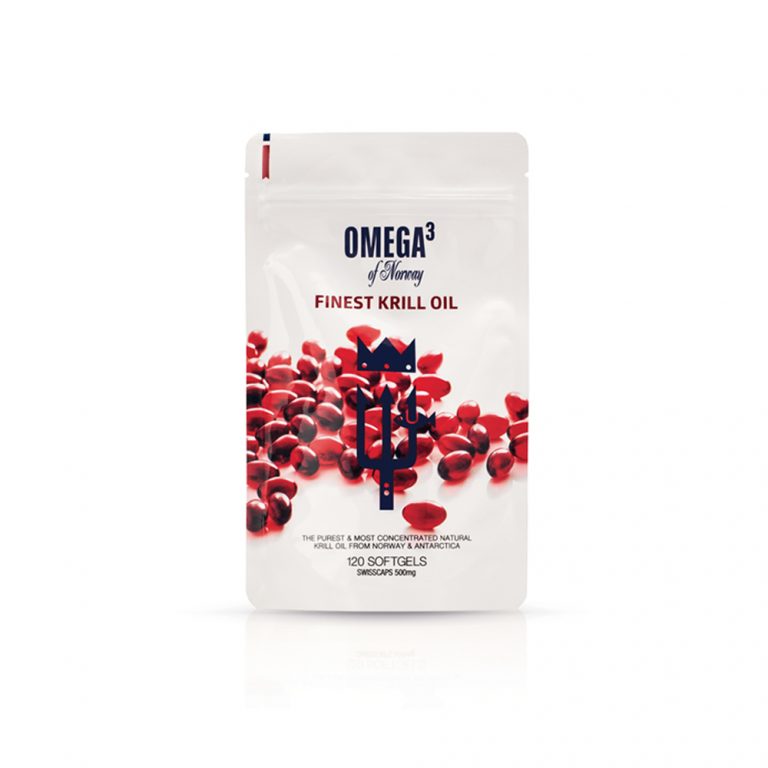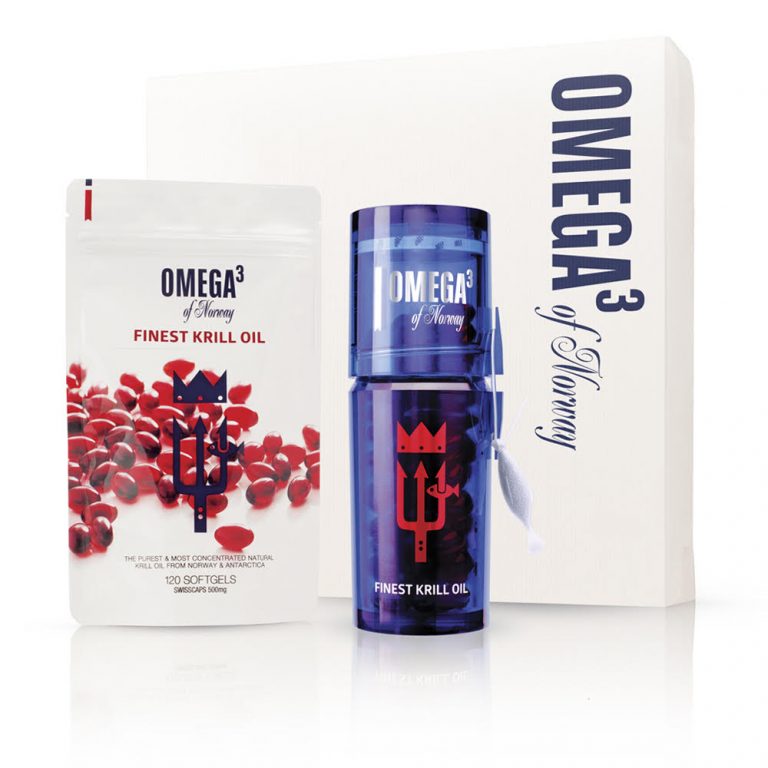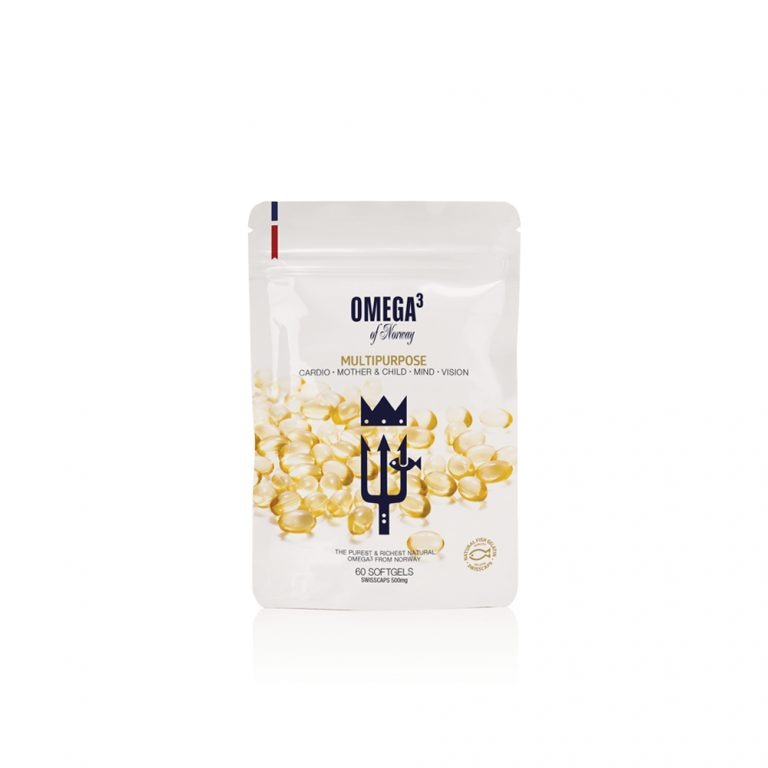STORING YOUR QUALITY MARINE OMEGA-3 OILS (KRILL / OMEGA-3)
How and where you store your Omega-3, does and will have an effect on its quality
High quality Marine Omega-3 Oils, are stabilized with Vitamin E due to its natural anti-oxidizing values. Our new technology with refinement and distillation has achieved an extended Best Before of at least 36 months.
During the packaging of the oil, Nitrogen technology removes oxygen, which omits any possibility of oxidation.
STORING IN A COOL DRY PLACE OR REFRIGERATION
Storing your Omega-3 in a cool dry place such as a cupboard is more than adequate, however refrigeration are the best conditions along with a clear place to be reminded to take such an important nutritional supplement every day. See below for the optimum position and how to manage your refrigerator.
ROOM TEMPERATURE IS SATISFACTORY FOR STABILITY & RETAINING THE QUALITY
When storing your Omega-3 at room temperature, of course the typical place for storing it is within a kitchen cupboard. We strongly recommend to have this together with other supplements in a specific location in order to be reminded for your daily intake and having at positioned at an easy-to-reach spot. Here in a cool dark cupboard, are very suitable conditions for keeping your Omega-3 in excellent condition.
RECOMMENDED ROOM TEMPERATURE approximately 20–22°C (68–72°F)
REFRIGERATION TEMPERATURE between 37°F (3°C) and 40°F (5°C)
REFRIGERATION IS THE OPTIMUM ATMOSPHERE TO MAINTAIN THE QUALITY WITH NATURAL OMEGA-3 OILS
Refrigerators these days are designed for a great selection of household food and drinks. As with any well designed electric hardware, there are many ways you can take advantage of it! Refrigerators have a variety of compartments that offer different purposes, they also hold separate temperature areas.
If you may not be aware of this, you may storing items incorrectly, while not making the most of this modern technology of refrigeration.
Upper shelves (the optimum position to store your Omega-3)
The upper shelves of the fridge retain the most consistent temperature, while the lower shelves are coldest.
A strategy commercial kitchens use is to place foods that do not need cooking near the top of the fridge. Here is the optimum position to store your Omega-3 container or pouch, with enough space around it to allow the cold air to circulate. While keeping your Omega-3 on the uppers shelf, you can be clearly reminded to continue your daily dose of the ever necessary nutritional values from Omega-3 fatty acids.
Lower shelves
The lower shelves have the coldest temperatures, the saying “heat rises” still applies even within a refrigerator. Overall: Maintaining your fridge with enough space between items allows the cold air to flow! When a fridge is too packed, it can create inconsistent temperatures, micro climates of warmth within separate areas
Door shelves
This is always the warmest section of the fridge and most susceptible to temperature fluctuations. Typically foods that have natural preservatives here, such as condiments, jams and juice are stored here.
OXIDATION
How do you keep Omega-3 fish oil from oxidizing?
Is Omega-3 fish oil easily oxidized?
Capsule Quality counts?
Marine omega-3 rich oils, as an example are consumed by more than 30% of American adults for a wide range of purported benefits including prevention of cardiovascular disease, with their natural anti-inflammatory qualities.
A quality Omega-3 fish oil supplement should contain Vitamin E within the capsule, which acts as a stabilizer, Norway Omega uses state of the art technology to remove oxygen when filling the drums. Preventing oxidation, and now achieving a 36 month Best Before point.
Recently stores are now positioning Omega-3 health food supplements in refrigerated conditions in order to maintain the fish oils supplements in their best possible condition.
How does oxidation occur? Oxidation occurs with unsaturated fats—such as the omega-3 fatty acids EPA and DHA—are exposed to high levels of heat, or oxygen or humidity and moisture.. The greater the degree of unsaturation (the more double bonds within an Omega-3 oil), the more susceptible fatty acids are to oxidation.
Capsule Quality
Norway Omega, partners with Aenova – Swiss Caps (Market Leader), fish gelatin 500mg capsules infused with Vitamin E for the most stable environment for our quality Wild Water Marine Omega-3 fish oils.
Premium Quality
The oil is produced at our state of art technology production area in Ålesund on the West Coast of Norway, suprassing the highest of standards with supreme hygienic conditions. We have 12 levels of distillation and refinement during processing to retain optimal nutrients and purity within the final product.
Extensively controlled
All our factories are subjected to an extensive and strict program of approval. We carry out chemical and microbial tests through and after production.
GMO
The oil is produced from wild marine species to provide GMO free oil to our customers.
Fully traceable
Norway Omega Marine Omega-3 Oils are fully traceable from the the day and site of catch. Norway Omega Marine Omega-3 Oils are produced without synthetic preservatives and are rich in naturally antioxidants. Ultimate care has been taken during processing to retain optimal nutrients in the final product. With 12x stages of distillation and refinement to the point of encapsulation.
https://www.businessinsider.com/how-to-organize-your-fridge-2014-7?r=US&IR=T
https://greatist.com/eat/ultimate-way-organize-your-fridge#making-the-most-of-your-fridge






